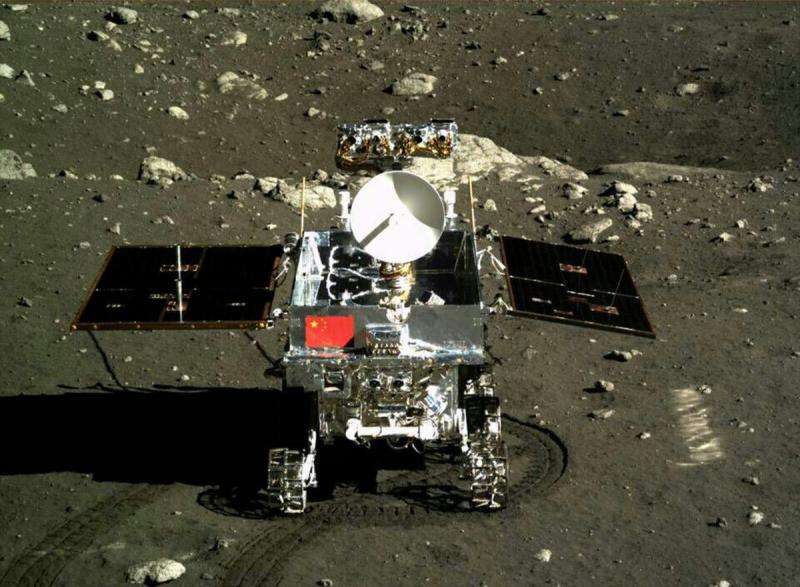Mapping lunar landscapes in panorama

The Camera Pointing System (CPS) is a sophisticated tool capable of controlling a camera's movement with precision as well as protecting the camera under extreme conditions.
The CPS was developed by a joint team led by Professor Kai-leung Yung of The Hong Kong Polytechnic University and the China Academy of Space Technology, for Phase 2 of China's Lunar Exploration Programme. With the CPS aboard, the Chang'e 3 lander successfully touched down on the moon on December 14, 2013.
Perched on top of the lander, the CPS monitored the lunar rover, called Yutu, as it descended onto the moon's surface to commence exploration and snapped panoramic images around its host machine. Each image was constructed by transforming and seamlessly stitching together a range of highresolution colour two-dimensional images of equal focal length that were continuously taken by the CPS.
According to Professor Yung, by capturing 360o views of the moon, the CPS provided an indispensable record of the geographic features surrounding the landing site as well as a full view of Yutu's motion on the lunar surface. The high precision movement of the camera pointing system also allowed the construction of a detailed model of the lunar surface – useful for planning Yutu's movement.
The CPS will be deployed again for Chang'e 4, another lunar mission similar to Chang'e 3, which is scheduled for launch in 2017/2018.
The CPS measures 85cm x 27cm x 16cm and weighs 2.8kg. It is capable of moving 120 degrees in a vertical direction and rotating 340 degrees horizontally. Its design incorporates several innovative technologies that allow it to operate under the extreme environmental conditions of the moon, including an ultra-high vacuum, harsh temperatures, a gravity one-sixth of the Earth's, cosmic radiation, and tremendous shocks and vibrations.
For example, its novel dynamic structure is highly rigid and lightweight, and it features an enhanced damper device that protects the system against the impact and vibrations of launch and landing.
Provided by Hong Kong Polytechnic University





















